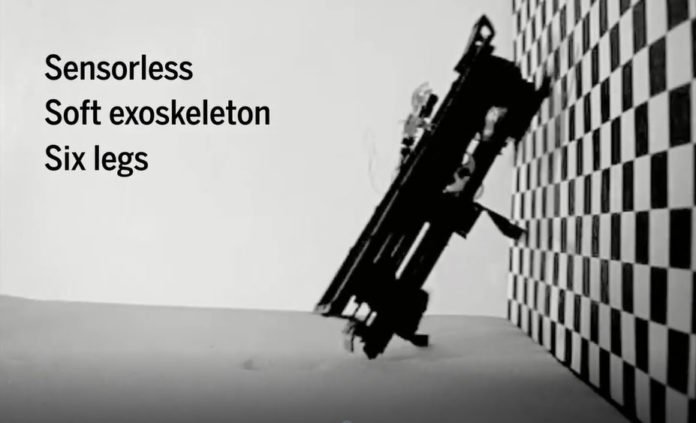Skittering cockroaches knock their heads a ton as well. However, they figure out how to grasp it, utilizing the collision energy to drive themselves up and over the deterrents. Scientists at UC Berkeley got inspired by this crawling and developed a robot called Dynamic Autonomous Sprawled Hexapod, or DASH.
DASH robot mainly uses the momentum of a head-on crash to tip itself upward or wall. The robot is of a palm size with a soft, roach-like exoskeleton and six legs. Moreover, the fascinating is, it does not use sensors or onboard computer to tell it what to do.
Kaushik Jayaram, who earned his Ph.D. in the UC Berkeley lab, said, “Their bodies are doing the computing, not their brains or complex sensors.
DASH would now be able to run up a grade if outfitted with gecko toes – sticky cushions that Full and Fearing has additionally researched and adjusted for robots – they may one day move toward becoming as agile as a cockroach.
Insects are not quite the same as children in that cockroaches measure so little that they don’t sustain harm while slamming into a wall. Their adaptable and delicate exoskeleton acts like an auto-guard when they hit a stopping point at a regular running rate of around one meter (three feet) every second or approximately 50 body lengths for each second. They can go from even to vertical in around 75 milliseconds.
According to Jayaram and his colleague Robert Full, anything that weighs over about one kilogram, or 2.2 pounds, it would be less likely to perform the above task. That covers just about all running toddlers.
Full said, “The new work shows that small robots can be built with simple, robust, smart bodies to safely bump into obstacles instead of using complex and expensive sensing and control systems. Our research has already inspired collision-safe flying robots using a compliant exoskeleton cage.”
“Relying on the mechanical control offered by soft exoskeletons represents a paradigm shift for understanding the control of small animals and the next generation of running, climbing and flying robots where the use of the body can off-load the demand for rapid sensing and actuation.”
Their study appeared this week in the Journal of the Royal Society Interface.
